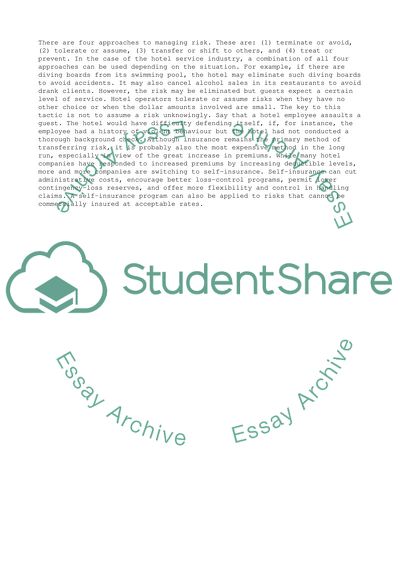Cite this document
(The Environmental Threats and Other Financial Aspects of the Euro Research Paper, n.d.)
The Environmental Threats and Other Financial Aspects of the Euro Research Paper. Retrieved from https://studentshare.org/management/1737194-risk-management
The Environmental Threats and Other Financial Aspects of the Euro Research Paper. Retrieved from https://studentshare.org/management/1737194-risk-management
(The Environmental Threats and Other Financial Aspects of the Euro Research Paper)
The Environmental Threats and Other Financial Aspects of the Euro Research Paper. https://studentshare.org/management/1737194-risk-management.
The Environmental Threats and Other Financial Aspects of the Euro Research Paper. https://studentshare.org/management/1737194-risk-management.
“The Environmental Threats and Other Financial Aspects of the Euro Research Paper”, n.d. https://studentshare.org/management/1737194-risk-management.


